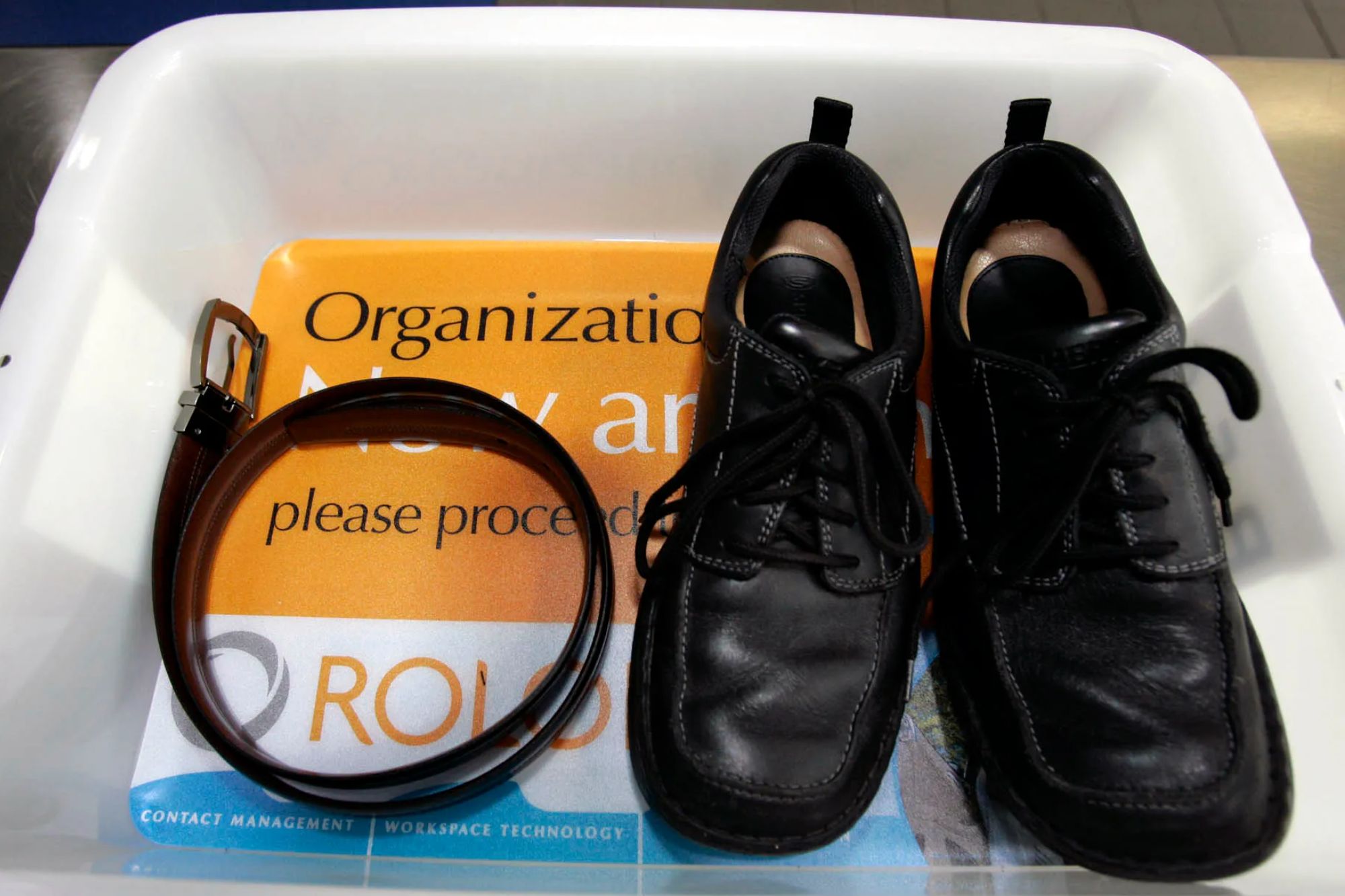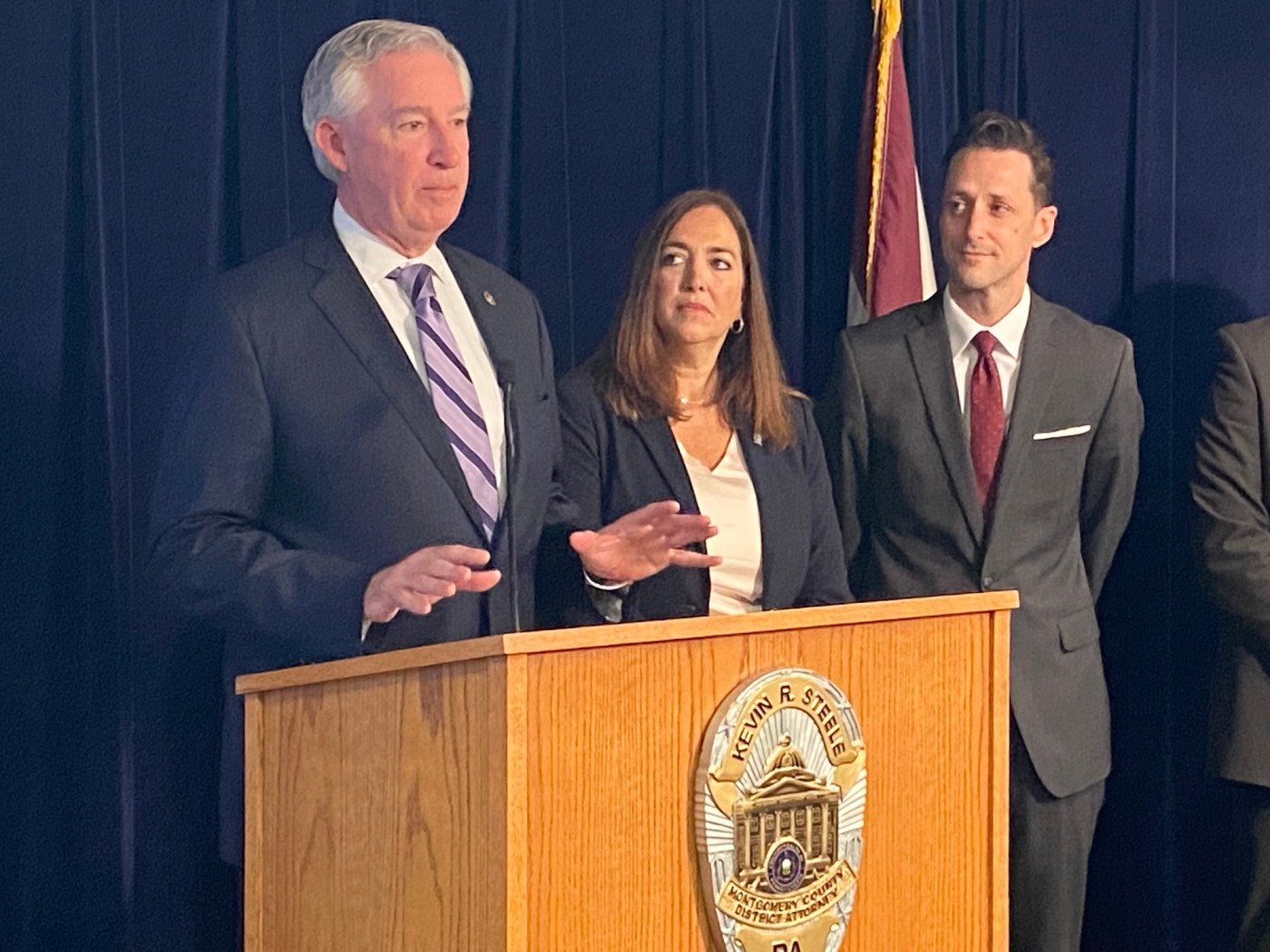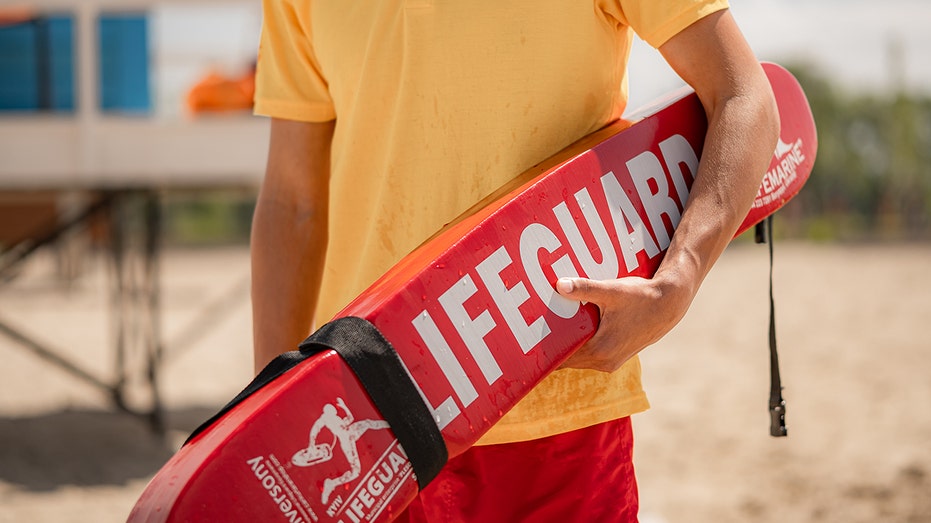TSA Ends Shoe Removal Rule: A Shift in Airport Security Measures

Travelers across the United States can finally breathe a sigh of relief as the Transportation Security Administration (TSA) announces the end of its long-standing shoe removal policy. This change, effective immediately, marks the conclusion of a 19-year-old rule that many have criticized as mere “security theater.” The decision comes as part of a broader reevaluation of airport security measures under the current political leadership.
For nearly two decades, passengers were required to remove their shoes at security checkpoints, a practice initiated in response to the infamous “shoe bomber” incident. However, critics have long argued that the rule was more about creating an illusion of safety than addressing actual threats. The enforcement of this policy has been inconsistent, with certain airports and lines occasionally exempting travelers without clear explanations.
Background and Criticism of the Shoe Rule
The shoe removal requirement was introduced after Richard Reid, known as the “shoe bomber,” attempted to detonate explosives hidden in his footwear on a flight in December 2001. Despite the failure of Reid’s attempt, the TSA implemented the rule as a precautionary measure. Over the years, it has become a symbol of the frustrations many travelers associate with airport security.
Critics have pointed out that the rule seemed arbitrary, especially since travelers under the age of 12 and over 75 were exempt from removing their shoes. Additionally, those enrolled in TSA Pre-check, a program that costs $78, were also allowed to keep their shoes on, raising questions about the rule’s effectiveness and fairness.
The Role of Technology and Political Influence
According to TSA officials, advancements in security technology have played a significant role in the decision to eliminate the shoe removal requirement. New scanning technologies are now capable of detecting potential threats without the need for passengers to remove their shoes.
However, some speculate that the change may also reflect shifts in political priorities. The current administration has expressed interest in streamlining airport security processes to improve the travel experience. This move could be seen as part of broader efforts to reduce unnecessary inconveniences for travelers.
Looking Ahead: The Future of Airport Security
With the shoe rule now a thing of the past, attention may turn to other contentious security measures, such as the restrictions on liquids. Currently, passengers are limited to carrying containers of no more than 3.5 ounces. This rule has been another source of frustration for travelers, leading to calls for its reevaluation.
Experts suggest that any changes to liquid restrictions would require careful consideration of security risks and technological capabilities. As the TSA continues to adapt its policies, travelers remain hopeful for further improvements in the airport security experience.
“The removal of the shoe rule is a positive step towards a more rational approach to airport security,” said aviation analyst John Doe. “It shows a willingness to adapt and improve based on technological advancements and traveler feedback.”
As the TSA navigates these changes, the focus will likely remain on balancing security needs with passenger convenience. The end of the shoe removal policy is a significant step in this direction, signaling a potential shift towards more efficient and traveler-friendly security practices.






